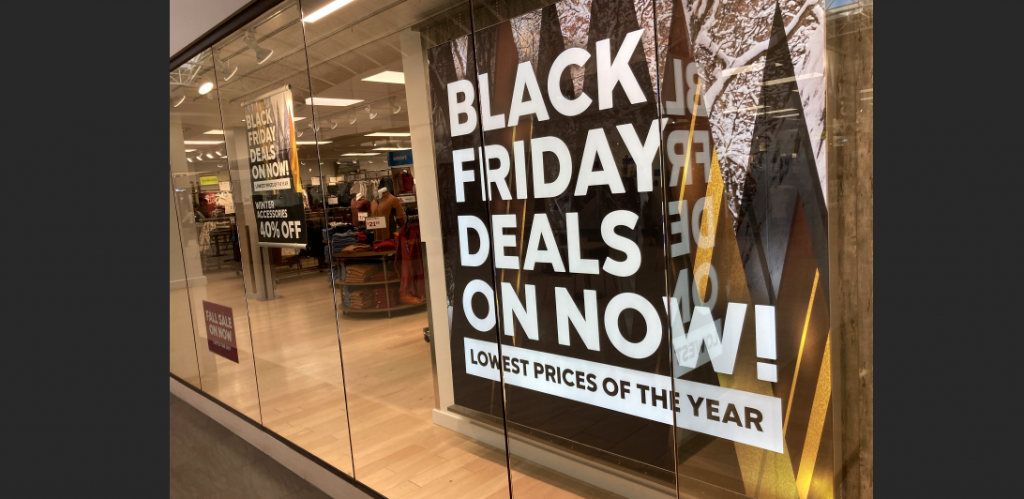U.S. shoppers spent a record $9.12 billion online this Black Friday, according to Adobe Analytics, which tracks sales on retailers’ websites. That’s a 2.3 percent increase compared to $8.92 billion in 2021 and also up from $9.03 billion the in 2020.
Electronics were the major driver of the sales increase, with online sales up 221 percent over the average day in October 2022. Smart home items were up 271 percent and audio equipment was up 230 percent. Toys remained a strong category, up 285 percent. Exercise equipment increased 218 percent.
On Black Friday, hot sellers included toys (Fortnite, Roblox, Bluey, Funko Pop!, and Disney Encanto). Gaming remained a popular category, with top-sellers Xbox Series X and PlayStation 5 devices and games including FIFA 23, NBA 2k23, and Pokemon Scarlet and Violet. Other top sellers included drones, Apple MacBooks (AAPL) and Dyson products.
“As Black Friday hit record spending online, we’re also seeing more prominent signs of a budget-conscious consumer this year,” said Vivek Pandya, lead analyst, Adobe Digital Insights. “Shoppers are embracing the Buy Now Pay Later (BNPL) payment method more this year to be able to buy desired gifts for family and friends.”
As online spending picked up, consumers who are feeling the pinch of inflation and higher prices, chose flexible payment plans for purchases. BNPL revenue was up 81 percent from November 19-25 compared to the prior week. Mobile shopping remained popular, with Black Friday hitting a record—48 percent of online sales came from smartphones, up from 44 percent last year.
Adobe expected discounts would remain strong throughout the weekend, with shoppers spending another $4.52 billion on Saturday and $4.99 billion on Sunday. Cyber Monday is expected to top Black Friday online sales, with totals reaching $11.2 billion, growing 5.1 percent year-over-year.
Adobe expects Cyber Week, the five days from Thanksgiving Day through Cyber Monday, to generate $34.8 billion in online spending, up 2.8 percent year on year, representing a 16.3 percent share of the full November to December holiday season.













